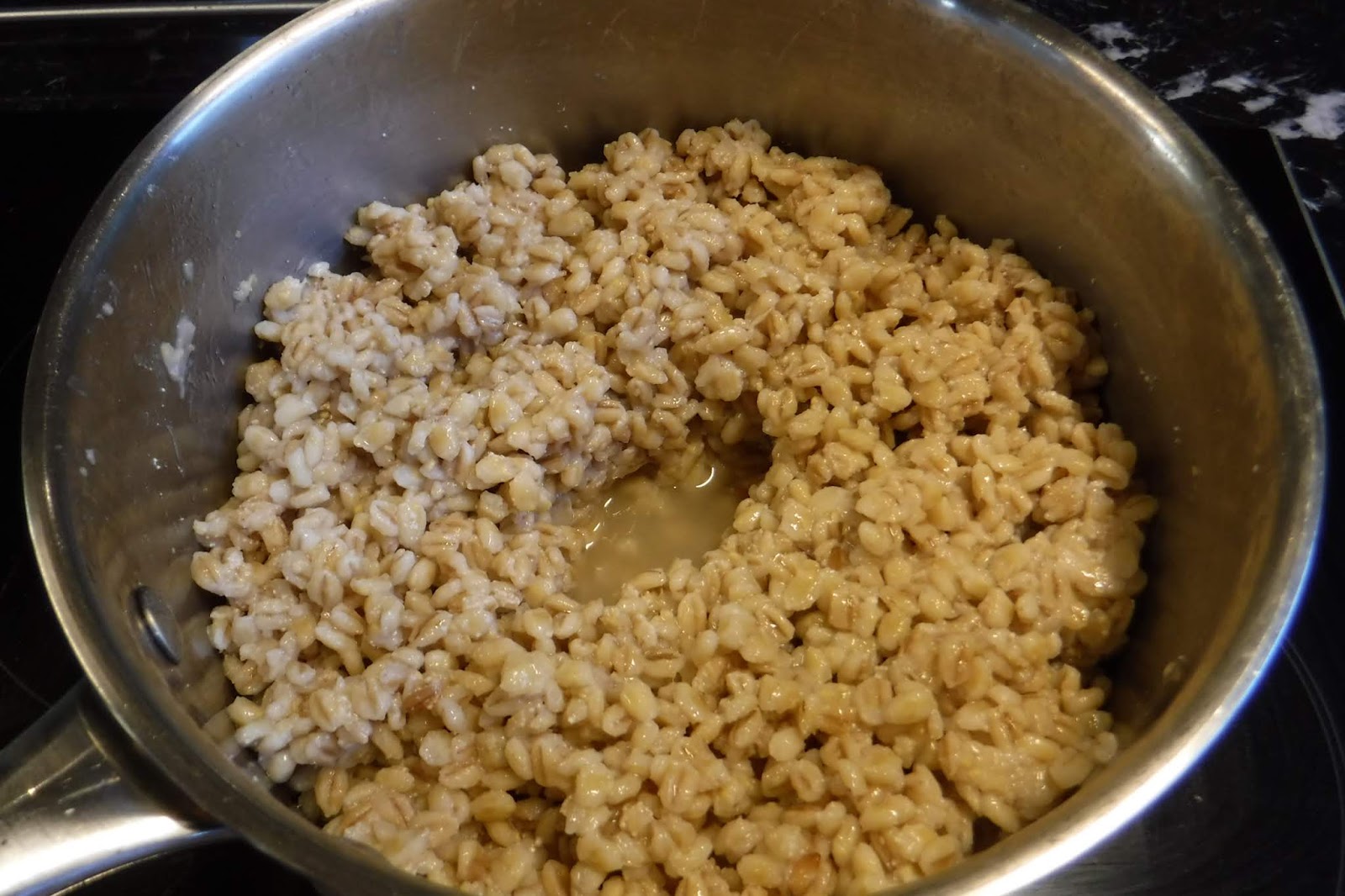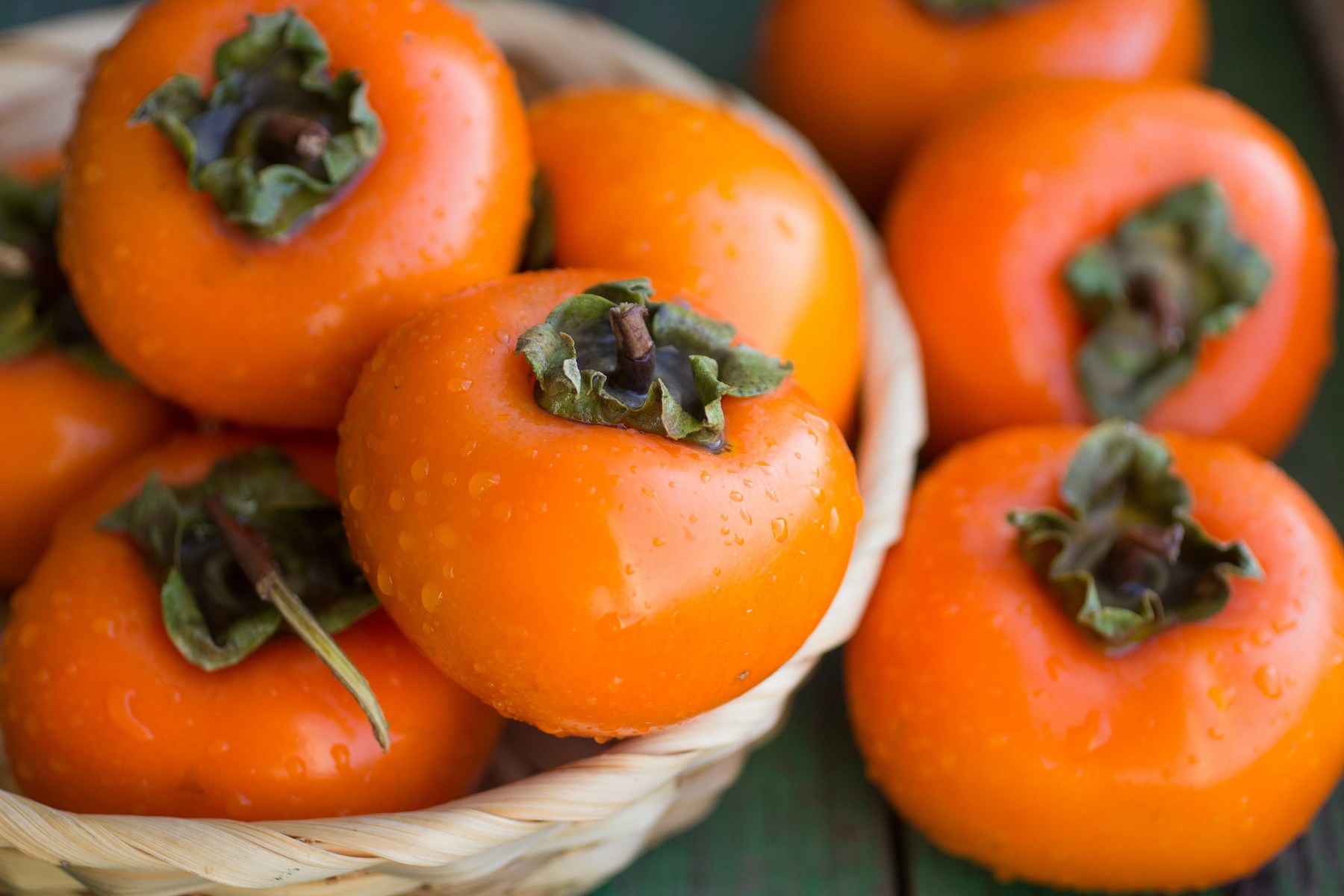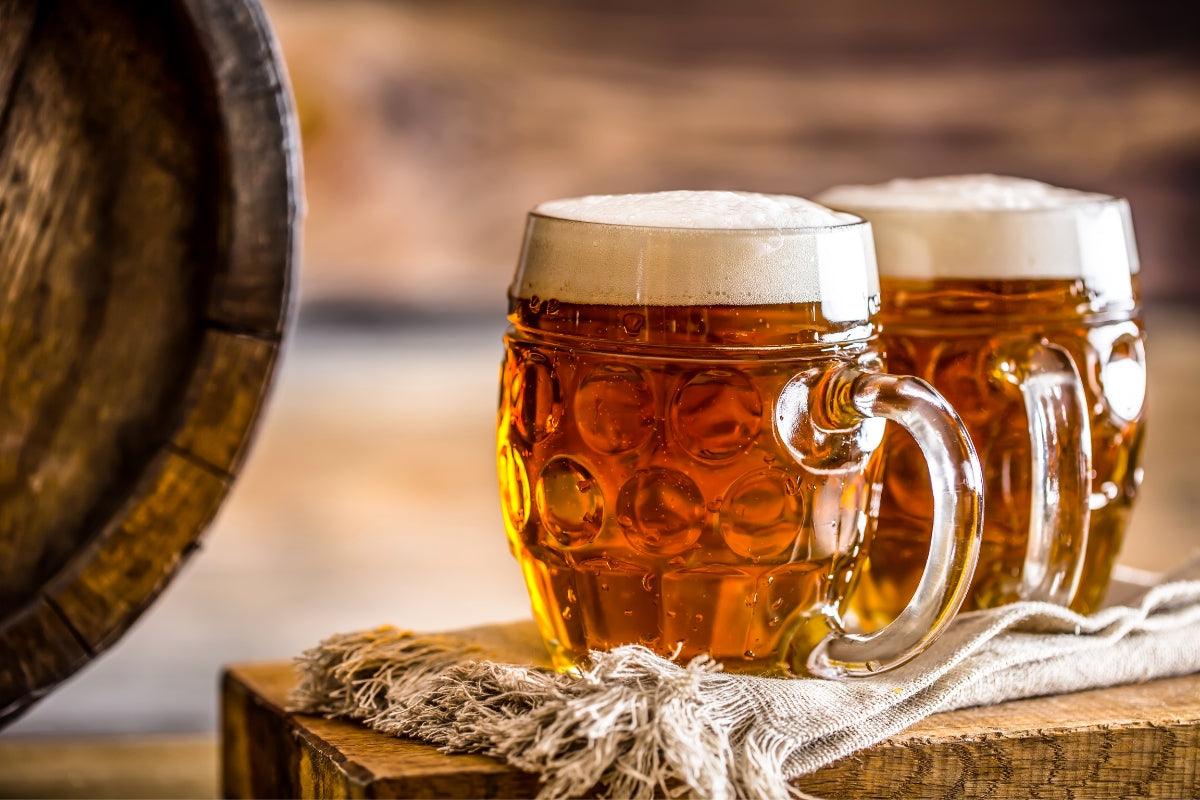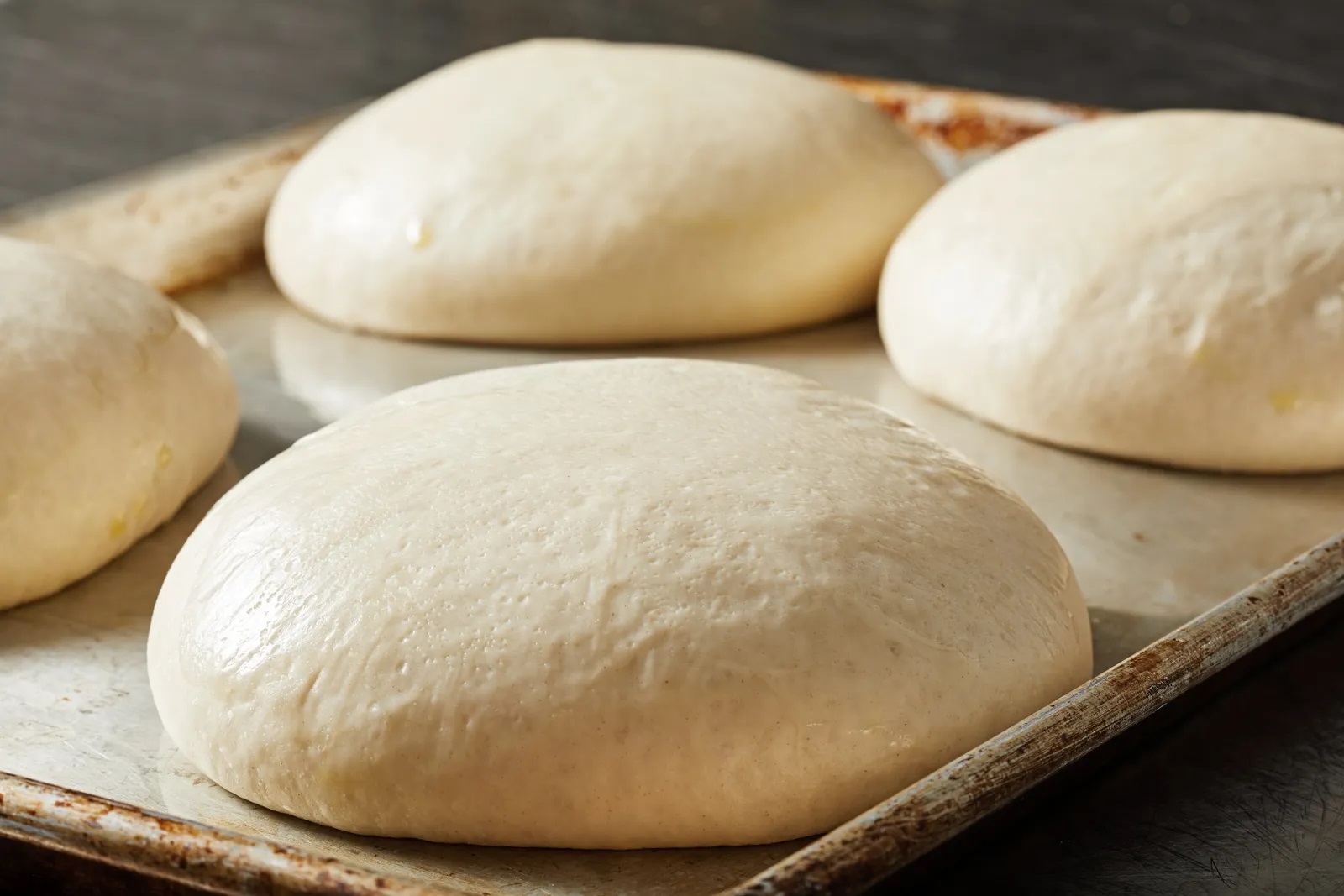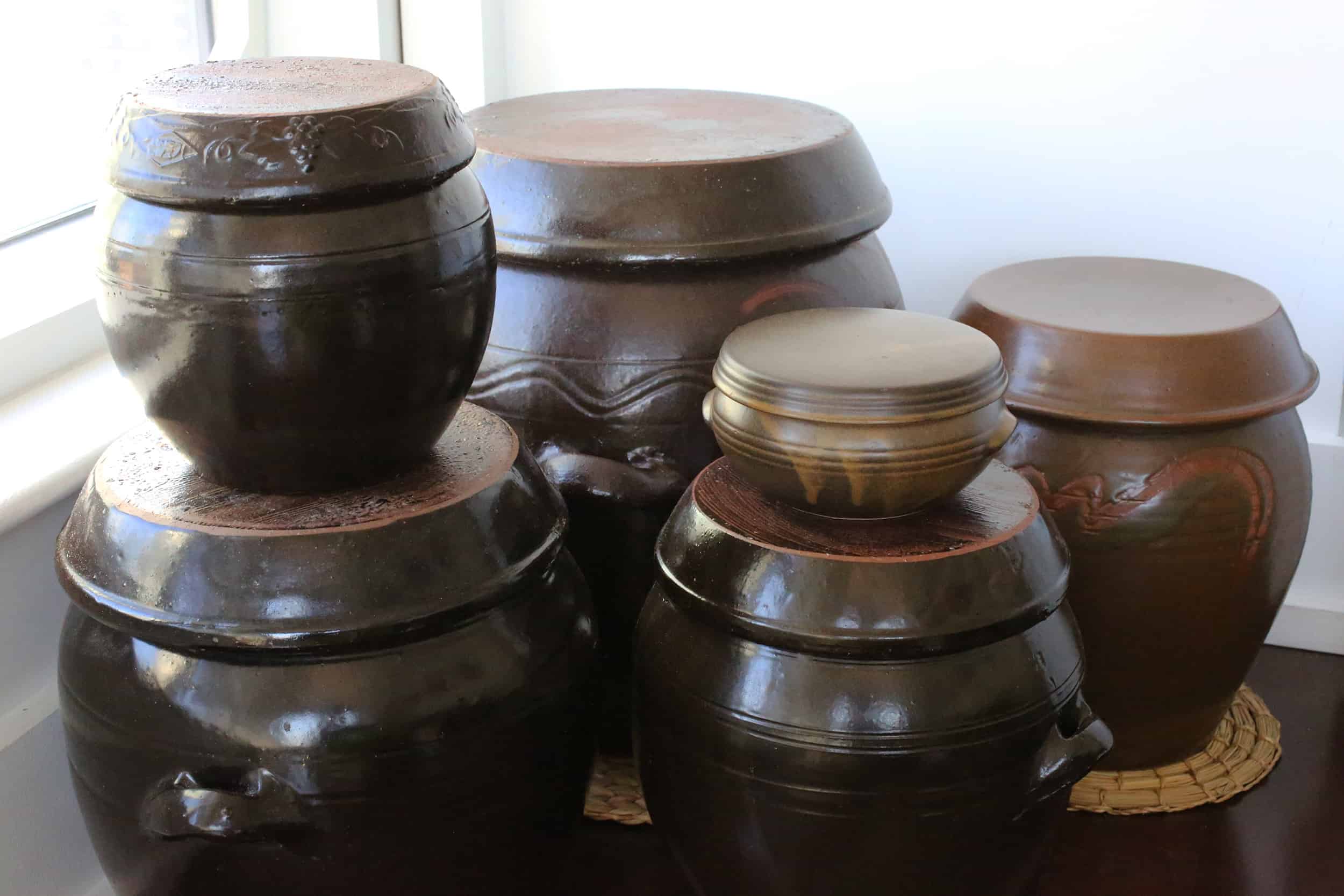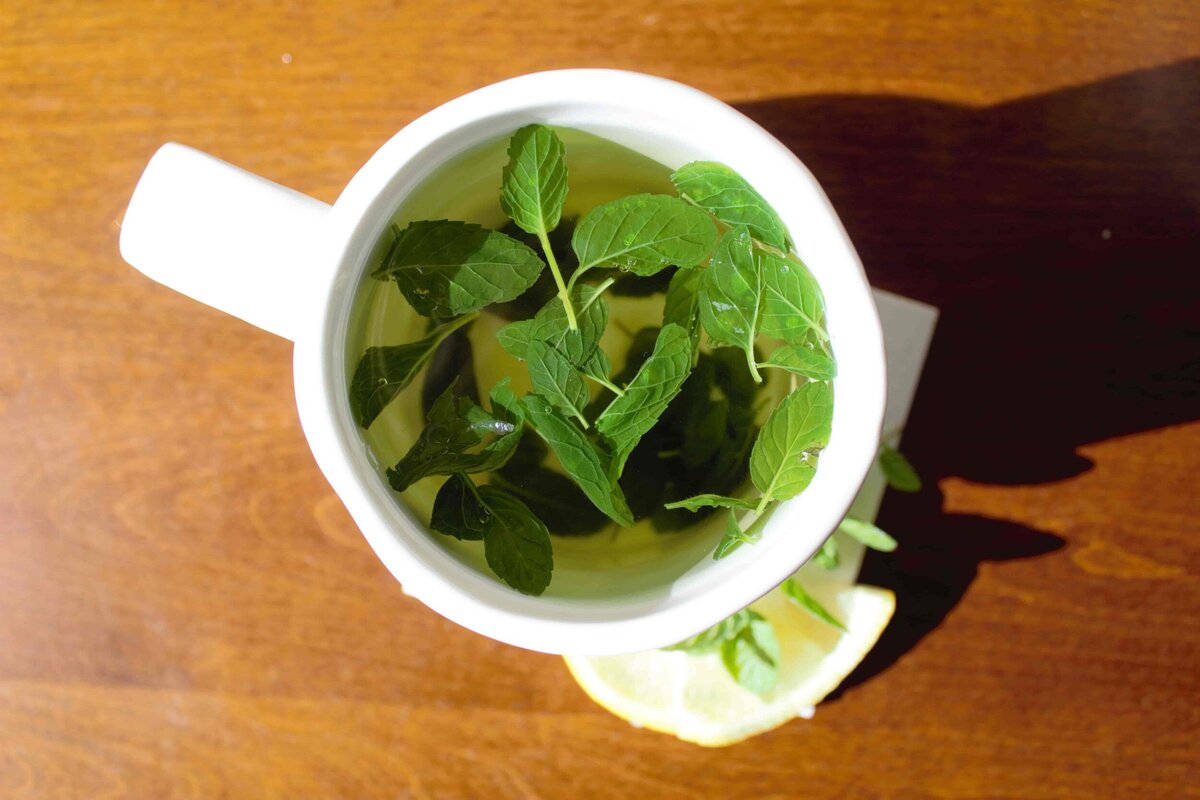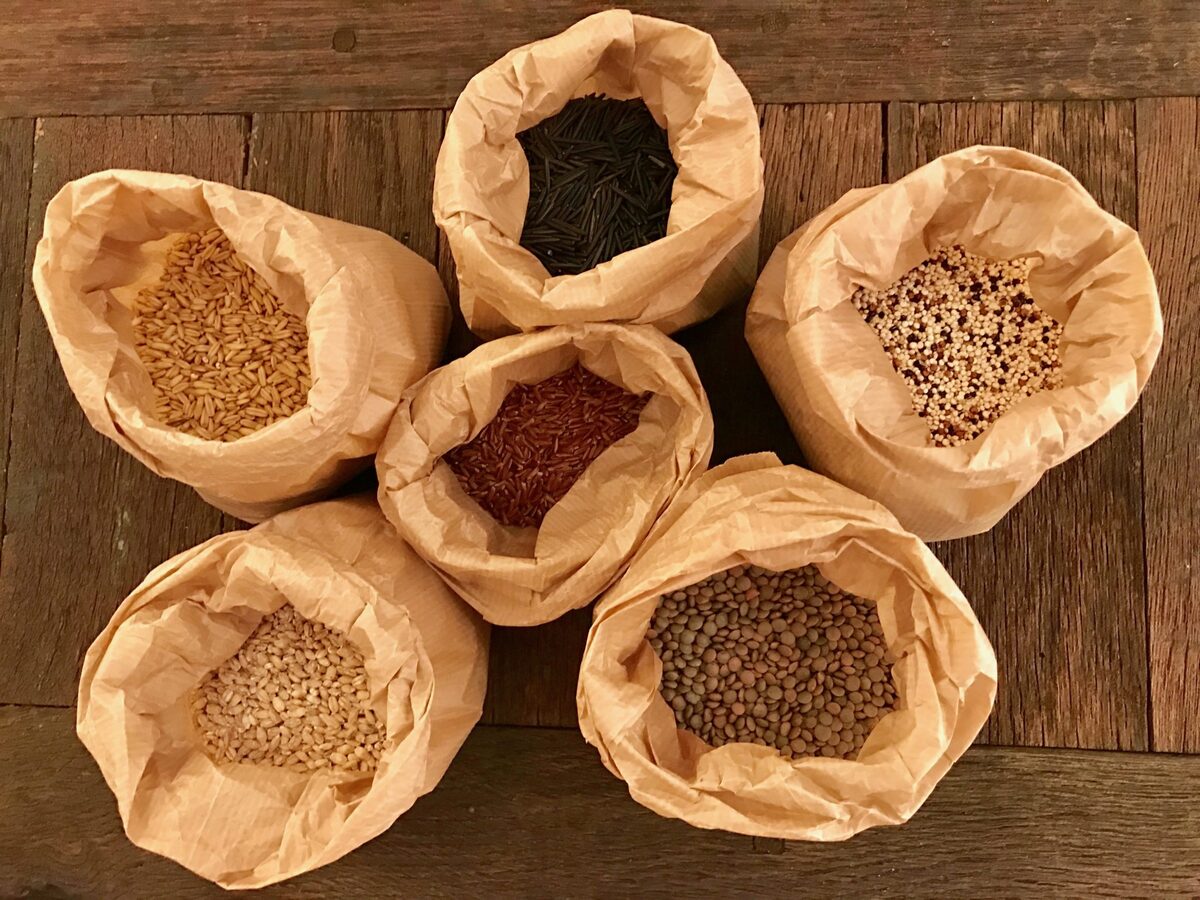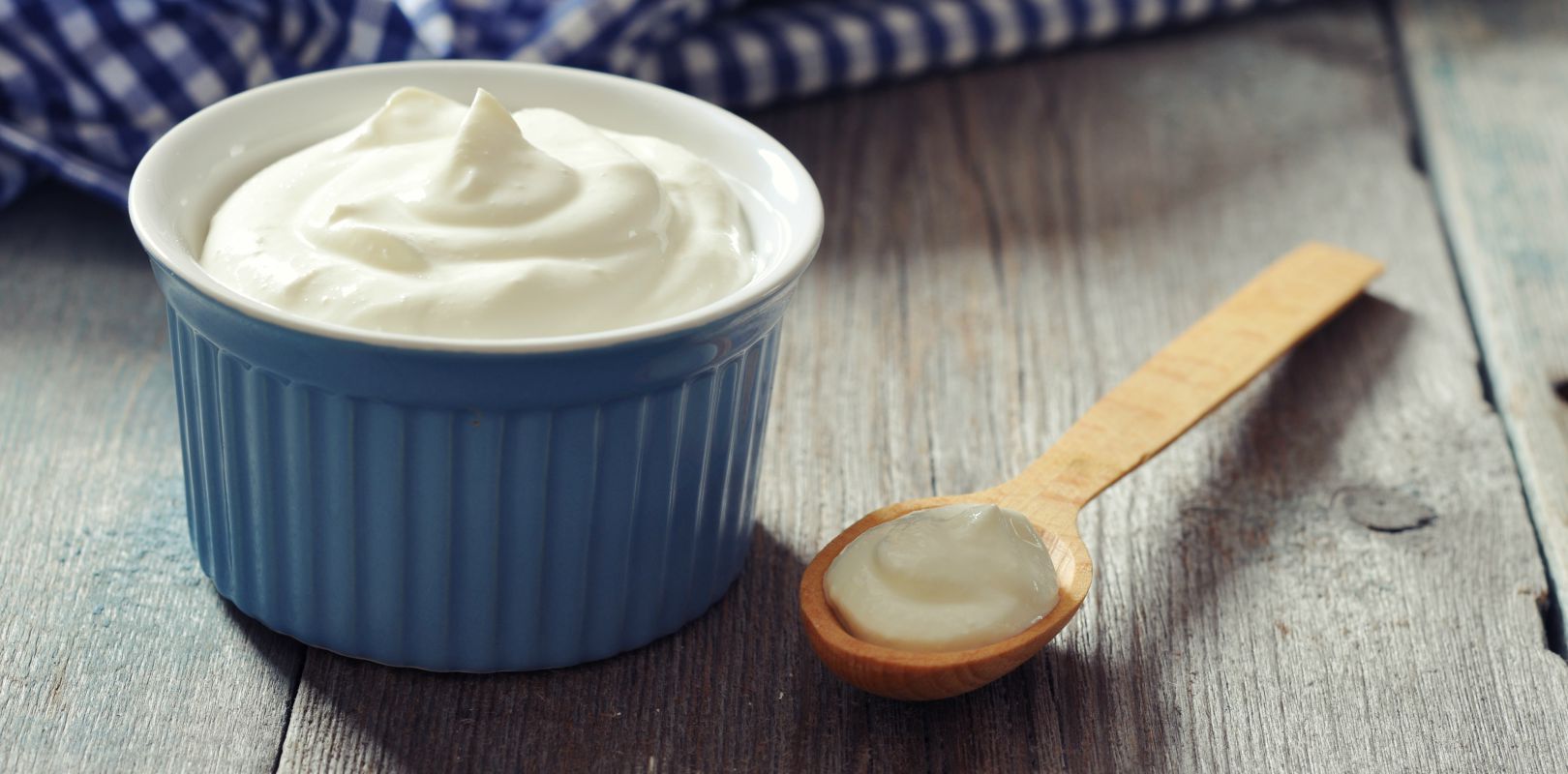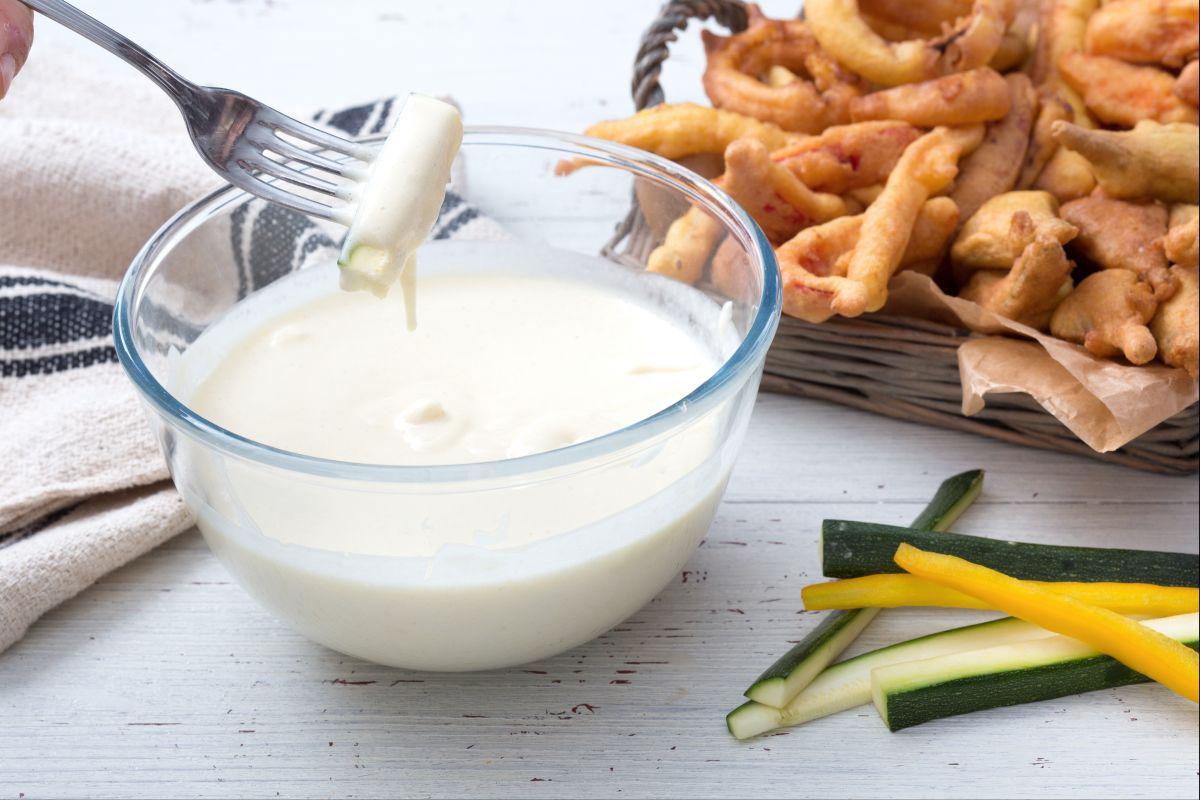Unlocking the Art of Gin Fermentation
Welcome to the wonderful world of gin fermentation! If you’re a fan of this beloved spirit, you may be curious about the process of fermenting gin at home. While the traditional method of making gin involves distillation, fermenting your own gin can be a fun and rewarding experiment. In this guide, we’ll walk you through the steps to ferment gin in the comfort of your own kitchen.
Understanding Gin Fermentation
Before we dive into the process, it’s important to understand the basics of gin fermentation. Fermentation is a natural process in which microorganisms, such as yeast and bacteria, convert sugars into alcohol and other compounds. When it comes to gin, fermentation is the initial step in creating the base alcohol that will later be distilled and infused with botanicals.
Steps to Ferment Gin
Now that we have a grasp of the concept, let’s explore the step-by-step process of fermenting gin:
- Choose Your Ingredients: Start by selecting high-quality ingredients for your gin. This typically includes a neutral spirit, juniper berries, and other botanicals such as coriander, citrus peels, and spices.
- Create the Mash: If you’re using grains as the base for your gin, you’ll need to create a mash by combining the grains with water and heating them to convert the starches into fermentable sugars.
- Add Yeast: Once the mash has cooled to a suitable temperature, introduce yeast to kick-start the fermentation process. The yeast will consume the sugars and produce alcohol and carbon dioxide as byproducts.
- Fermentation: Allow the mixture to ferment for several days to a week, depending on the recipe and desired alcohol content. During this time, monitor the temperature and ensure that the fermentation vessel is properly sealed to prevent contamination.
- Strain and Store: Once fermentation is complete, strain the liquid to remove any solids or impurities. The resulting liquid is now your fermented gin base, ready to be distilled and infused with botanicals.
Tips for Successful Gin Fermentation
As with any fermentation process, there are a few key tips to keep in mind to ensure a successful outcome:
- Sanitation: Maintain a clean and sanitized environment throughout the fermentation process to prevent the growth of unwanted microorganisms.
- Temperature Control: Monitor the temperature of the fermenting mixture, as yeast activity can be sensitive to fluctuations in temperature.
- Patience: Allow the fermentation process an adequate amount of time to ensure complete conversion of sugars into alcohol.
- Experiment with Botanicals: Once you have your fermented gin base, don’t be afraid to experiment with different botanicals to create unique flavor profiles.
Enjoy the Fruits of Your Labor
Congratulations! You’ve successfully fermented your own gin. Whether you choose to enjoy it neat, in a classic cocktail, or as part of a creative concoction, the satisfaction of crafting your own fermented gin is truly something special. So, gather your friends, raise a glass, and savor the fruits of your labor!
Remember, while fermenting gin at home can be a delightful experience, it’s important to familiarize yourself with local regulations and laws regarding the production of alcohol. Always consume and share your creations responsibly.
Now that you have the knowledge and confidence to ferment gin, it’s time to roll up your sleeves and embark on this exciting journey. Cheers to your newfound expertise in the art of gin fermentation!
Was this page helpful?
Read Next: How To Ferment Ginger Beer

